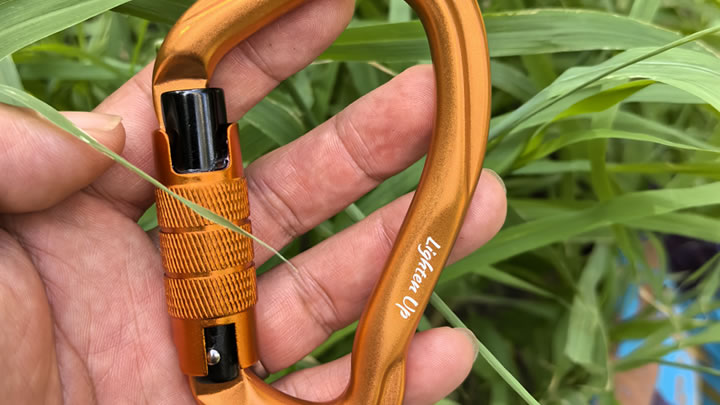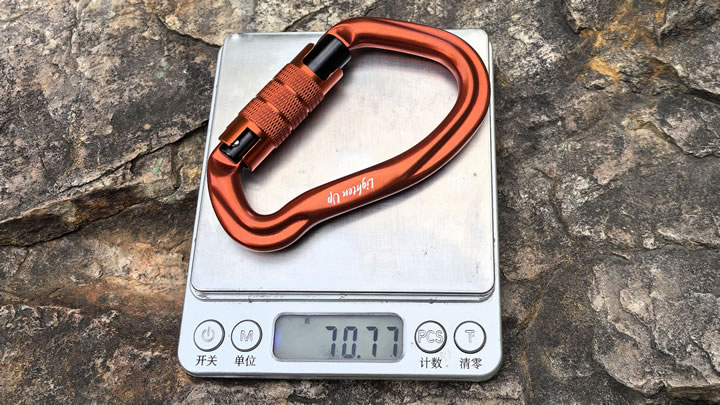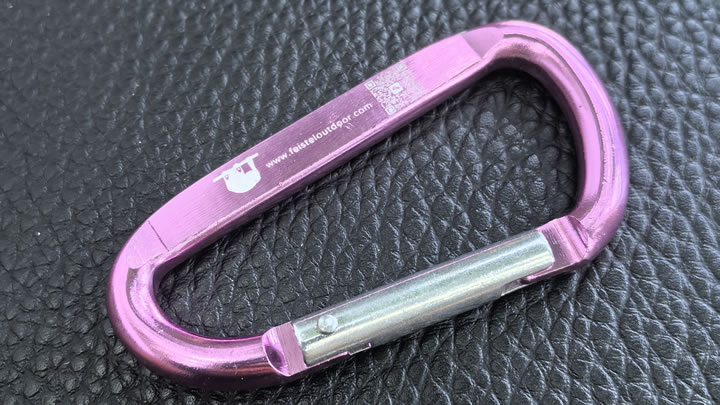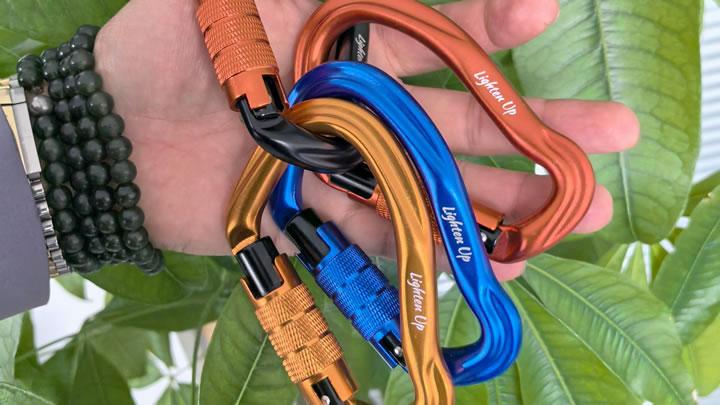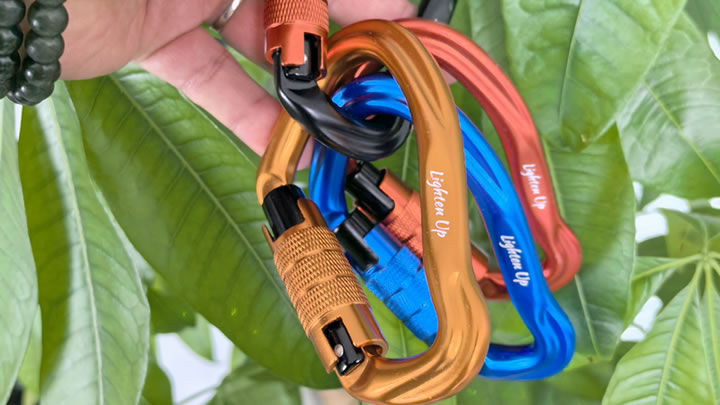Are propane camping stoves better than butane?
When choosing between propane and butane camping stoves, the answer isn’t as simple as picking one over the other. Both fuels have distinct advantages and drawbacks, and the "better" option depends entirely on your camping style, environment, and cooking needs. This guide breaks down the key differences, performance comparisons, and expert recommendations to help you make an informed decision.
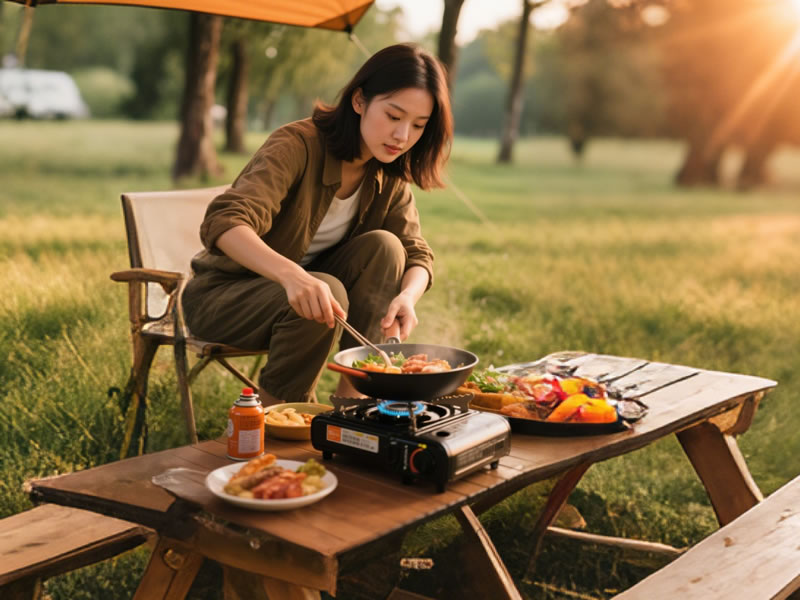
Propane vs Butane: Key Differences at a Glance
| Feature | Propane | Butane |
|---|---|---|
| Cold Weather | Works below freezing (down to -40°F) | Fails below 32°F (fuel won’t vaporize) |
| BTU Output | Higher (up to 20,000 BTU) | Lower (7,000–12,000 BTU) |
| Weight | Heavier canisters | Lighter, more compact canisters |
| Fuel Efficiency | Burns faster but more powerful | Slower burn, better for simmering |
| Cost | Cheaper per BTU | More expensive per unit fuel |
| Availability | Widely available (Walmart, gas stations) | Less common (often online only) |
When to Choose Propane
- Winter Camping or High Altitude:Propane’s low vaporization point (-44°F) makes it the undisputed king for cold-weather trips. Stoves like the Coleman Classic Propane Stove won’t let you down in snow or icy winds.
- Group Cooking or Heavy-Duty Meals:Need to boil large pots or cook for a family? Propane’s high BTU output (e.g., Camp Chef Everest 2X at 20,000 BTU) handles heavy cast-iron pans and rapid boiling with ease.
- Car Camping/RV Trips:The weight of propane tanks (1 lb to 20 lbs) is negligible when space isn’t an issue.
When to Choose Butane
- Summer Backpacking or Ultralight Hiking:Butane canisters (e.g., GasOne GS-3400) are 30% lighter than propane, ideal for thru-hikers counting every ounce.
- Precise Simmering:Butane’s gentler flame is perfect for delicate dishes like sauces or pancakes (try Jetboil MightyMo’s control).
- International Travel:Butane canisters are standardized globally (EN417 thread), while propane adapters vary by country.
Hybrid Solution: The Best of Both Worlds?
Propane/Isobutane Mix Canisters (e.g., MSR IsoPro, Jetboil Blend) balance cold-weather performance and weight:
- Work down to 15°F
- 20% more efficient than pure butane
- Fit most threaded backpacking stoves (e.g., Soto WindMaster)
Safety & Practical Considerations
- Storage: Propane tanks can’t be flown; butane canisters are airline-approved (empty).
- Eco-Footprint: Propane burns cleaner, but both fuels are non-renewable.
- Cost Over Time: Propane wins long-term (cheaper refills), but butane may suit occasional campers.
Pro Tips for Fuel Management
- Cold-Weather Hacks:Warm butane canisters in your jacket before use.For propane, invert the canister to feed liquid fuel in extreme cold.
- Avoid “False Empty” Canisters:Shake butane canisters to check remaining fuel; propane tanks have gauges.
- Recycle Right:Propane tanks can be refilled; butane canisters must be punctured before disposal.
FAQs
Q: Can I use a propane stove with butane fuel?
A: No! They require different regulators and canisters (exception: dual-fuel stoves like Kovea Dual Max).
Q: Which is safer for tent vestibule cooking?
A: Neither—always cook outside. Propane is heavier than air and pools dangerously; butane is lighter but still risky.
Q: Do butane stoves work at high altitudes?
A: Yes, but cold temps often accompany altitude, making propane/isobutane mixes more reliable.
The Verdict
Propane wins for winter camping, group meals, and raw power. Butane shines for summer backpacking and precision cooking. For most campers, a hybrid-fuel stove (or owning both types) offers ultimate flexibility.
Fuel smart, cook happy, and match your choice to the adventure ahead!

